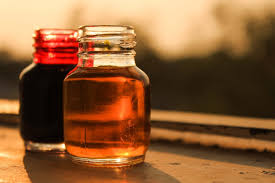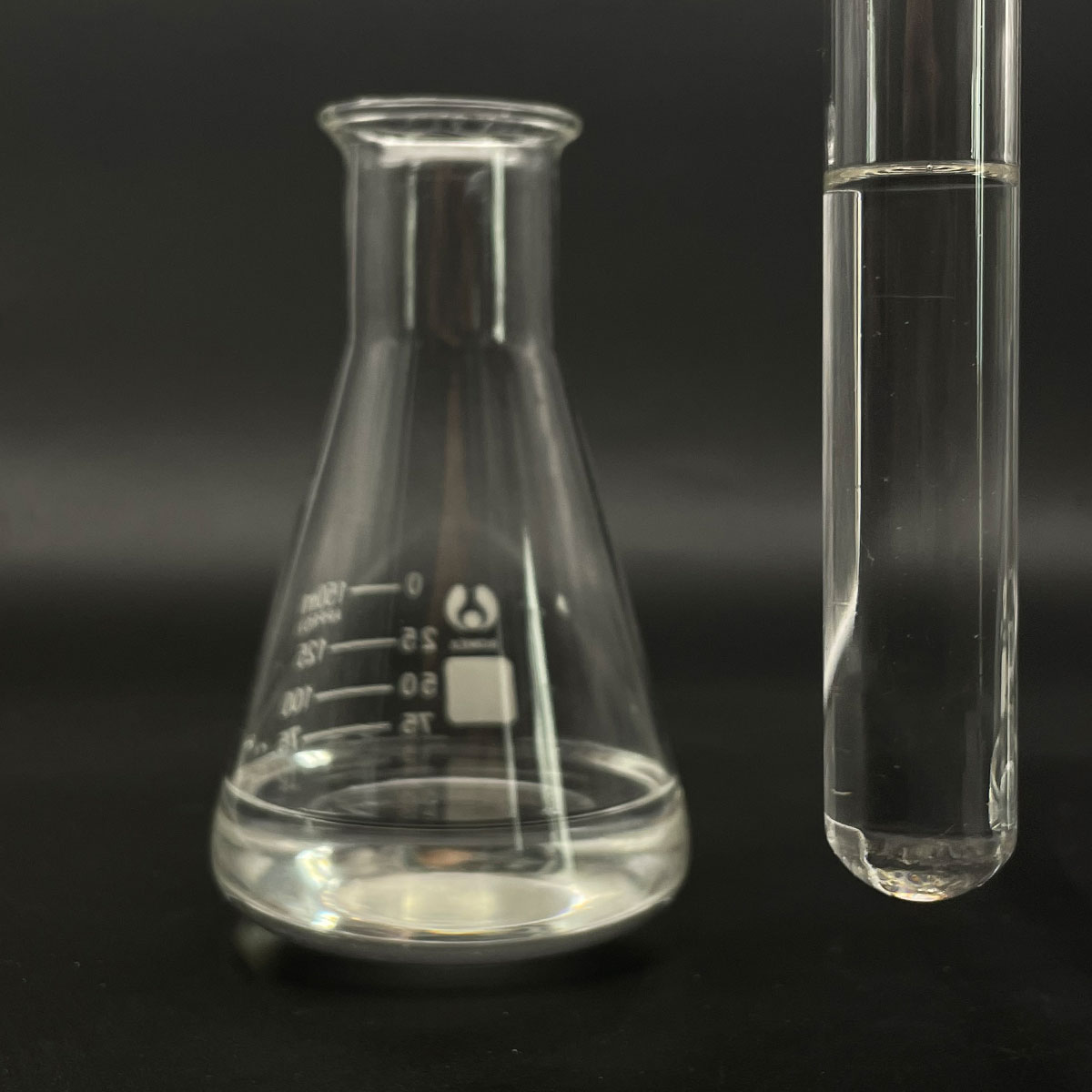Surfactants: Do They Really Play Nice with Water?
(Are Surfactants Water Soluble)
Ever wonder how soap lifts grease off your dishes? Or why shampoo lathers up in the shower? The secret often lies with surfactants. These fascinating chemicals are everywhere. But here’s a big question: Do surfactants actually dissolve in water? The answer isn’t always simple. Let’s dive into the bubbly world of surfactants and their relationship with water.
**1. What Makes Surfactants Special?**
Surfactant stands for “surface-active agent.” That’s a fancy way of saying they work magic at surfaces. Think about oil and water. They hate mixing. Surfactant molecules fix this. They have a unique two-part structure. One part loves water. We call this the hydrophilic head. The other part hates water. This is the hydrophobic tail. It loves oils and grease instead.
This split personality is key. When you add surfactants to water, they don’t just vanish. They arrange themselves. The water-loving heads point towards the water. The water-hating tails point away, towards the air or any oil nearby. This action lowers the surface tension of water. Surface tension is like water’s skin. Reducing it lets water spread and wet things better. It also lets surfactants trap dirt and oils, forming little packages called micelles that rinse away easily. So surfactants are special because they bridge the gap between water and things that normally repel it.
**2. Why Surfactant Water Solubility Matters So Much**
Knowing if a surfactant dissolves in water isn’t just trivia. It’s crucial for how well it works. Imagine pouring oil into a glass of water. It floats on top. Now, add a surfactant that dissolves well in that water. The surfactant molecules rush to the oil-water boundary. Their hydrophobic tails bury into the oil droplet. Their hydrophilic heads stay in the water. This coats the oil droplet. It makes the oil droplet look more “water-friendly” to the surrounding water molecules. The result? The oil can break into tiny droplets and mix into the water. This is emulsification. It’s how mayonnaise stays creamy and lotions feel smooth.
If a surfactant isn’t soluble enough in water, it can’t do this job effectively. It might clump up or form weird globs instead of nice micelles. It won’t lower surface tension properly. It won’t clean well. It might even leave a nasty residue on your clothes or skin. So solubility directly controls a surfactant’s cleaning power, foaming ability, and stability in a product. Getting it right makes the difference between a great shampoo and a greasy mess.
**3. How Surfactants Actually Dissolve in Water**
Saying surfactants are “water soluble” needs some explanation. It’s not always straightforward like dissolving sugar. Remember their two-part structure? The hydrophilic head genuinely likes water molecules. It forms bonds with them. This part wants to dissolve. But the hydrophobic tail? It fears water. Water molecules push it away, trying to minimize contact. This creates a conflict.
When you add a small amount of surfactant to water, individual molecules might dissolve. The heads interact with water. The tails get shoved together a bit. But as you add more surfactant, something interesting happens. The molecules can’t just float freely anymore. The tails start disrupting the nice structure of water. To avoid this, the molecules self-assemble. They form micelles. In a micelle, the hydrophobic tails huddle together inside, hiding from the water. The hydrophilic heads face outward, interacting happily with the water. So the surfactant is “dissolved,” but it’s organized into these tiny structures.
The point where micelles start forming is called the Critical Micelle Concentration (CMC). Below the CMC, surfactant molecules act mostly alone. Above it, micelles dominate. Some surfactants dissolve easily as single molecules at low concentrations. Others need higher concentrations or specific conditions (like warm water) to form micelles and “dissolve” effectively. Factors like the size of the head group, the length of the tail, and water temperature all play a role.
**4. Where We See Surfactants Doing Their Job**
Surfactants are workhorses in countless products. Their ability to interact with both water and oil makes them indispensable. Here’s where you definitely encounter them:
* **Cleaning Powerhouses:** This is the biggest use. Detergents for clothes, dishes, and surfaces all rely on surfactants. They grab oily dirt, emulsify it, and let water wash it away. Soaps are classic surfactants (though often less soluble in hard water). Shampoos and body washes use surfactants to remove oil and sweat from skin and hair.
* **Personal Care Champions:** Beyond cleaning, surfactants create foam in shampoos and bubble baths. They help mix oils and water in lotions, creams, and makeup, preventing separation. They make toothpaste spread easily in your mouth.
* **Food Industry Helpers:** Surfactants act as emulsifiers in foods like mayonnaise, ice cream, salad dressings, and baked goods. They help blend ingredients that wouldn’t normally mix, improving texture and stability.
* **Industrial Giants:** Surfactants are vital in processes like oil recovery. They help mobilize oil trapped in rock formations. They are used in paints, coatings, and inks to help pigments spread evenly. They aid in pesticide formulations to help sprays coat plant leaves.
* **Everyday Surprises:** Even firefighting foams and fabric softeners use surfactants. Their unique properties find applications almost everywhere you look.
**5. Surfactant Solubility FAQs**
People often have questions about surfactants and water. Let’s tackle some common ones:
* **Do all surfactants dissolve the same way in water?** No. Different surfactants have different solubility levels. Ionic surfactants (like those in soap or SLS) often dissolve well in pure water. Nonionic surfactants (common in many mild detergents) might need warmer water or have cloud points where they become less soluble. Some are designed to be less soluble for specific jobs.
* **What happens if a surfactant isn’t soluble enough?** It won’t work properly. It might form scum (like soap in hard water), leave residues, separate out of the solution, or simply not clean or foam effectively. Product formulators carefully choose surfactants with the right solubility for the job.
* **Does temperature affect surfactant solubility?** Yes, often a lot. Many nonionic surfactants become less soluble as water gets hotter. They might form a cloudy solution above a certain temperature (the cloud point). For some, warmer water helps them dissolve better initially. It depends on the specific surfactant.
* **Why does hard water cause problems with some surfactants?** Hard water contains calcium and magnesium ions. These ions love to react with the charged heads of anionic surfactants (like soap). They form insoluble salts – that’s the bathtub ring or laundry scum you see. This makes the surfactant effectively insoluble and useless for cleaning. Synthetic detergents often use surfactants less prone to this.
(Are Surfactants Water Soluble)
* **Are there surfactants that dissolve in oil instead?** Yes. While most common surfactants are designed for water-based systems, there are oil-soluble surfactants too. These have structures where the hydrophilic part is small and the hydrophobic part is large. They work in reverse, helping water mix into oil. They are used in things like dry cleaning fluids or certain industrial lubricants.
Inquiry us
if you want to want to know more, please feel free to contact us.




